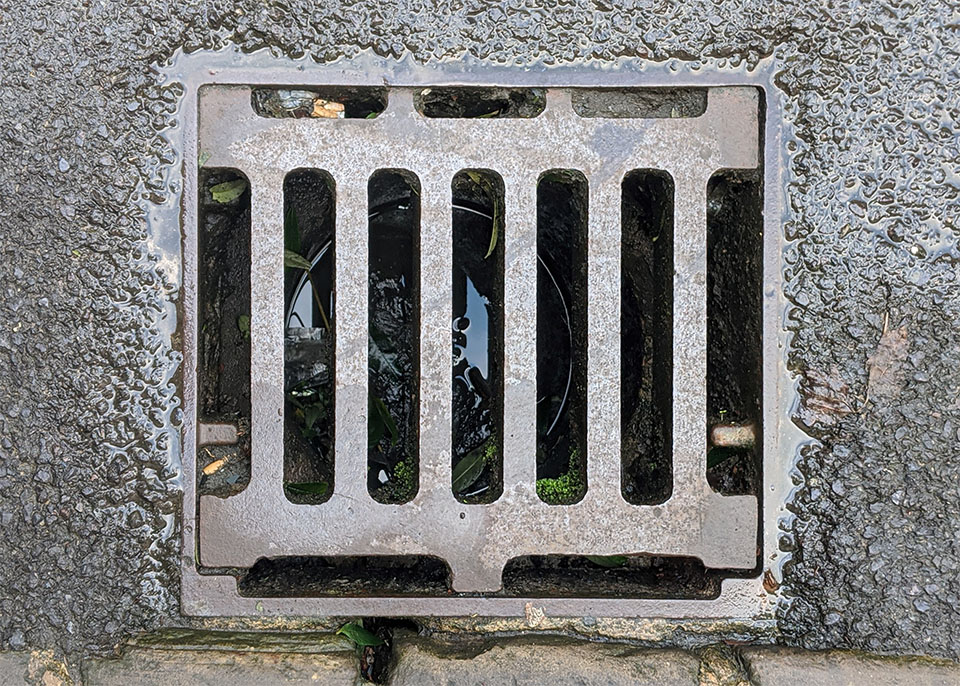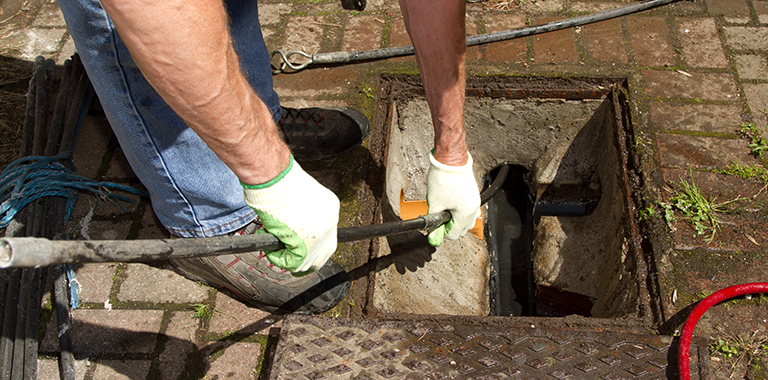What to Fix a Blocked Drain Before Seeking Plumbing Experts
What to Fix a Blocked Drain Before Seeking Plumbing Experts
Blog Article
We have stumbled upon the article involving Some easy tips to fix blocked drains directly below on the web and believe it made perfect sense to share it with you in this article.

Intro
Taking care of an obstructed drain can be an aggravating experience, interfering with daily activities and possibly creating damages to your building. Nonetheless, prior to connecting to pipes specialists, there are actions you can require to deal with the concern yourself. In this overview, we'll explore do it yourself remedies and safety nets to take on an obstructed drain properly.
Identifying the Concern
The first step in dealing with an obstructed drainpipe is identifying the signs. Slow-moving drainage, gurgling noises, foul odors originating from drains pipes, or water backing up prevail indications of a blocked drainpipe. Determining these signs early can help prevent further problems.
Choosing the Right Plumbing Service
When picking a plumbing solution, take into consideration aspects such as experience, licensing, and client evaluations. Select a credible plumbing technician with a performance history of quality handiwork and clear pricing methods.
Price Factors to consider
The expense of professional drainpipe cleaning services can differ depending upon the severity of the clog and the plumbing's prices. Request quotes from numerous companies and inquire about any type of service charges to ensure transparency and avoid shocks.
Safety and security Precautions
When trying DIY drain cleaning, prioritize security. Put on protective handwear covers and eyewear to prevent contact with dangerous chemicals or germs. Never ever mix different drain cleansing products, as this can generate harmful fumes.
Instance Studies
Real-life examples highlight the efficiency of DIY services and the importance of prompt professional treatment in resolving drain clogs.
Typical Causes of Obstructed Drains
Recognizing the elements that add to drain clogs is necessary for reliable resolution. Typical perpetrators include hair, soap residue, oil, food debris, and international things like hygienic items or paper towels. Tree roots invading below ground pipes can also trigger considerable clogs.
Do it yourself Solutions
For minor blockages, several DIY services can be effective. Pouring boiling water down the drainpipe can aid dissolve oil and debris. Baking soda and vinegar or a blend of salt and cooking soda can work as natural cleaners. Using a plunger or pipes serpent to displace obstructions is an additional alternative.
Tools and Tools
Having the right devices handy can make DIY drain cleaning extra effective. A plunger is a flexible device for clearing blockages in sinks, bathrooms, and showers. A pipes serpent or auger can reach deeper clogs, while drain cleansing chemicals can be used very carefully for persistent clogs.
Safety nets
To avoid future clogs, embracing safety nets is essential. Set up drainpipe guards or filters to capture hair and debris prior to they enter the pipes. Frequently flush drains with warm water to liquify oil build-up, and prevent dealing with grease or solid waste down the tubes.
When to Call an Expert
While do it yourself remedies can settle small obstructions, specific signs suggest the need for professional support. Consistent clogs, foul odors despite cleaning up initiatives, or multiple drains backing up simultaneously are red flags that warrant expert treatment.
Final thought
By adhering to the ideas outlined in this overview, you can efficiently deal with obstructed drains and prevent future pipes issues. Whether selecting do it yourself solutions or looking for professional aid, punctual activity is crucial to keeping a healthy and balanced pipes system and preserving the integrity of your home.
How to Clear a Clogged Drain Yourself (And When to Call In the Professionals)
What Can Clog a Drain
Dirt Skin flakes Hair Grease Soap scum Food Offset pipes Tree roots Small objects Mineral buildup DIY Tricks to Unclog a Drain
You can fix this! Once you have identified the source of the clog (or have a vague idea), you can try one or a combination of these fixes in order to clear your plumbing.
Wire Hanger or Snake
Untangle and clear out hair from a drainpipe with a homemade snake. Use a straightened-out wire hanger with a 90-degree angle hook to locate the clog and drag out any unwanted material.
Remember not to push the clog further down to where the wire hanger cannot reach! If you need to follow up with a plunger, give it a try. Your efforts might be more successful after it’s been wire-snaked.
If you want to get fancy and don’t have a wire hanger to spare, head to the store and pick up a hand-operated drain snake. You can get one for $10-$30. It may save you the hassle, and provide additional length to reach deep into the clogged pipe.
Plunger
A cup plunger has a suction cup attached to a wooden handle. The rubber creates a seal around the drain, and increases the pressure force of the plunger.
Plunge for 30-second increments to loosen the clog. This may need to be repeated over the course of 15-20 minutes. Once plunged, run the water to flush the remaining material out of the drain.
Remember– never use a plunger if you have used a chemical drain cleaner. These chemicals can splash up from the force of the plunger and cause serious injury or burns.
Boiling Water
Hot water can sometimes break up materials into a flushable amount. Dirt, grease, and soap buildup requires heat in order to unstick from surfaces.
Take your kitchen kettle and heat your water to a boil. Once it reaches a rolling boil, pour it directly down the drain into the blockage. Carefully follow with plunging, if necessary.
Don’t worry if this takes more than one try! It can often take multiple kettles and repeated plunging in order to clear a particularly stubborn clog.
Chemical Drain Cleaner
As a last resort, pick up a bottle of chemical drain cleaner. Drain-cleaning chemicals are potent, and not very good for the environment.
You may need to wear protective eyewear in gloves before handling your bottle of chemical drain cleaner. Follow the instructions printed on the bottle, and flush with water as soon as the instructions allow. Do not follow with plunging.
Baking Soda and Vinegar
As a safer alternative to chemical drain cleaner, baking soda and vinegar can create a chemical reaction that clears tough clogs.
Combine one cup of cleaning vinegar with one cup of boiling water, and set aside. Once you have done this, pour half a cup of baking soda down the drain. Give the baking thirty seconds to settle and cover a large portion of the problem drain.
Following the baking soda, pour down your vinegar and hot water solution. Once the vinegar and baking soda combine, the mixture will bubble and fix. Let this reaction fizzle in the drain for about an hour.
After an hour, follow with a kettle’s worth of hot water. The heat and liquid should flush out any remaining material.
When to Call a Plumber
If your DIY attempts haven’t cleared your clog drain, it’s time to call in a professional. It’s not worth losing access to your kitchen sink or high-traffic bathroom. A clog in a vital area can keep you from the things you’d rather be doing, and derail your routine.
Anytime a clog is causing water to spread is a time to call in a plumbing service. What starts out as a little bit of water can quickly grow into serious, expensive water damage.
Additionally, a serious clog can result in burst pipes or serious leaks. Make sure you know when to take it seriously!
https://myguysnow.com/how-to-clear-a-clogged-drain-yourself-and-when-to-call-in-the-professionals/

Hopefully you enjoyed reading our excerpt on How to handle a clogged drain in your home. Thanks a lot for taking the time to read our short article. Sharing is caring. Helping others is fun. Thank you for going through it.
Get An Estimate Report this page